Rationale
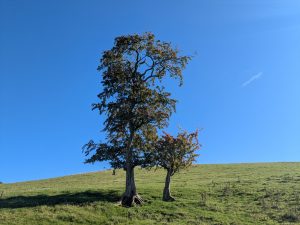
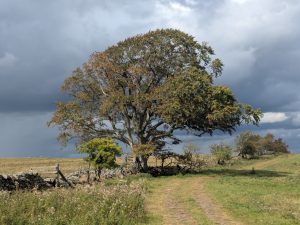
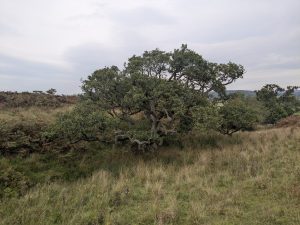
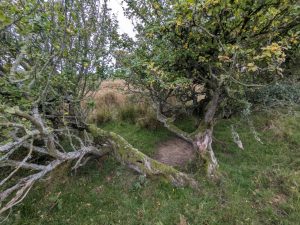
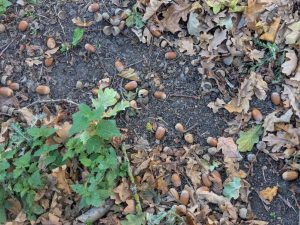
Trees are a vital component of our natural and cultural heritage, transcending human lifespans and providing essential habitat, food and protection of thousands of species.
Ancient trees have attained great age for their species and in many case pre-date intensive human intervention by way of plant breeding. As such they are the best approximation we have to the wildtype genotype.
Ancient trees are axiomatically resilient to change. Some of the oldest, such as oak and yew, have endured large climatic variation, including the medieval warm period and the little Ice age.
Ancient trees are not necessarily genetically “superior”, but they might harbour genetic variability that has since been lost from the rest of the population as a result of selection for a relatively narrow range of forestry traits.
By ensuring that contemporary tree planting includes genetic materials from ancient trees, we could maximize adaptive potential in the next generation of trees, giving them the best opportunity to weather the climatic and other challenges ahead.
Policy context
The UK is engaged in an unprecedented tree planting initiative, driven in part by the political realisation of the ecological importance of trees and in part by their role in carbon sequestration and storage.
The resulting population genetic structure has been largely overlooked by policymakers, with tree procurement strategy being left largely to individual land managers.
Consequently, the UK’s future treescape’s genetics will reflect the seed collection strategies of suppliers and nurseries. Historically these have focussed on forestry-specific traits such as form and vigour. These traits have potentially been selected at the expense of others that might have conferred resilience to change.
This genetic bottlenecking should be countered through the deliberately wide selection of seed sources. Where trees are being grown for timber purposes the focus might still be on forestry traits but for most cases, and for native species in particular, trees are planted for amenity, conservation and other ecosystem services.
By ensuring that a modest percentage of trees are sourced from ancient tree genetic materials we can maximize the adaptive options for the next generation and beyond. Failure to do so risks losing genetic variability that might be key to resilience.

